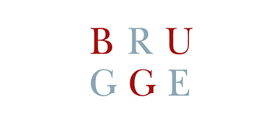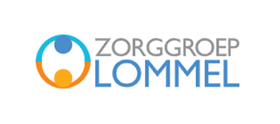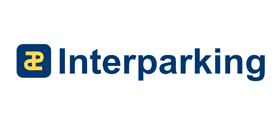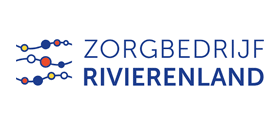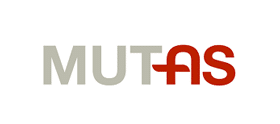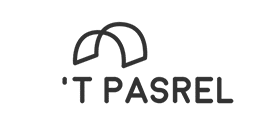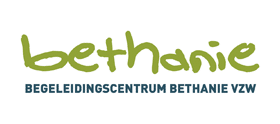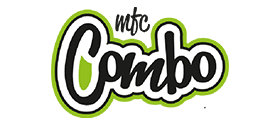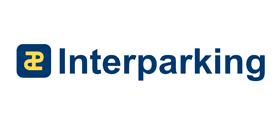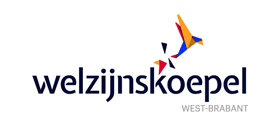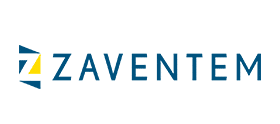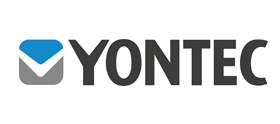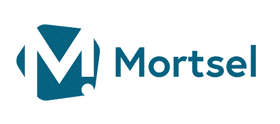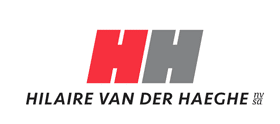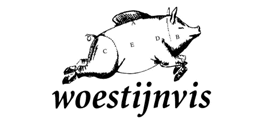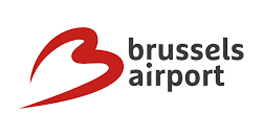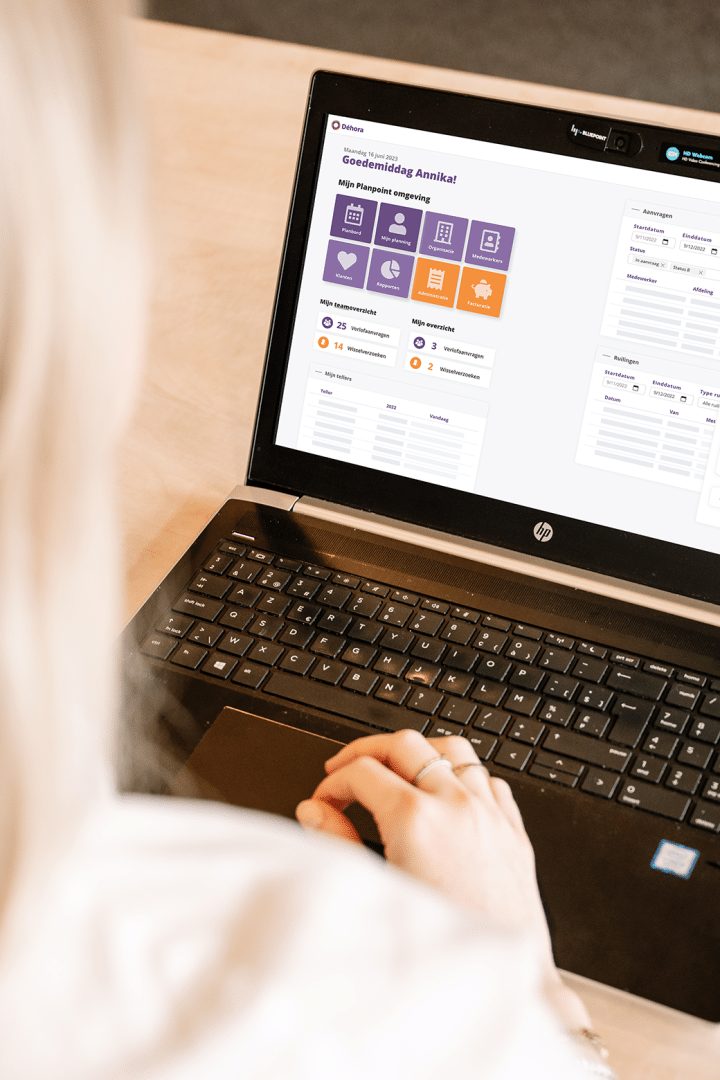
Self-rostering
Planpoint brings self-rostering and sustainable flexible working within reach. Increase your strength, make work schedules flexible and increase employee satisfaction.
Sustainable flexibility with self-rostering
Your employees schedule themselves, per period and within the occupancy requirements of your organization or team. Thanks to Planpoint, self-rostering becomes easy, transparent and efficient

Why self-rotering?
Employee satisfaction
Flexibility
Ideal occupancy
Smart planning
How does self-rostering function in Planpoint?
Your organization or manager specifies the desired deployment of employees for each planning period in Planpoint. This can be in the form of shifts, qualifications or hourly rate. Your employees then start self-rostering in three successive steps.
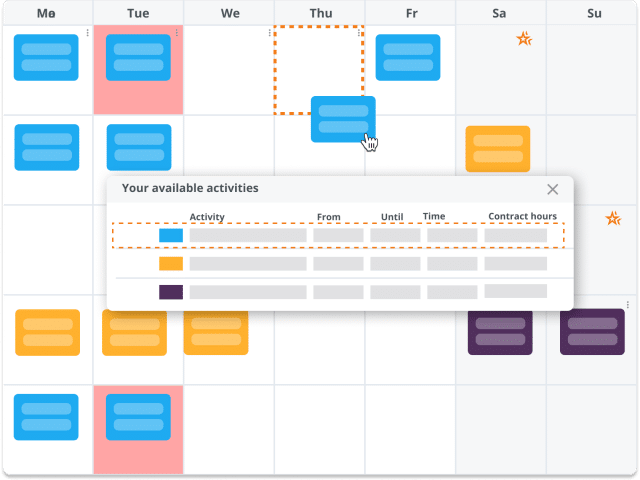
Stage 1: My ideal schedule
In the first step, each employee sets up his or her own ideal schedule for the period to be scheduled.Each employee plans his or her shifts, schedule days off, leave and fills in his or her contract hours.
Your employees also indicate when they prefer not to work (veto). This can all be done easily from home, via the website or the Planpoint mobile app, individually or with their family.
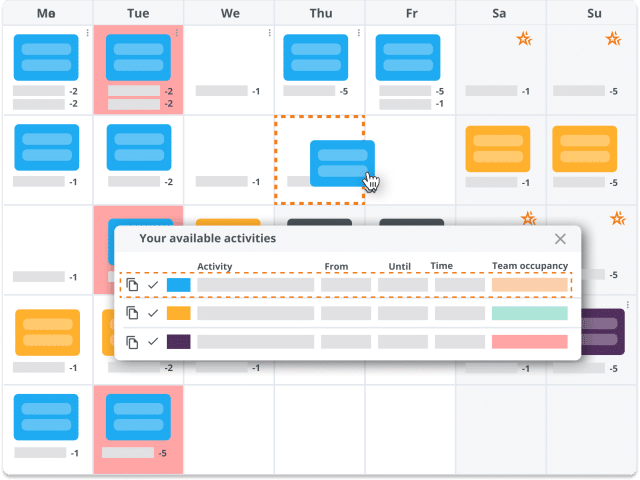
Stage 2: our ideal schedule
The second step begins with the aggregated result of the first step.The sum of all individual wishes usually does not fit the demand for commitment.In this second step, your employees are given the opportunity to make the joint schedule better.They do this by solving under- and over-utilizations from phase 1 themselves. This can be done, for example, by choosing an extra shift or moving an activity to another day.
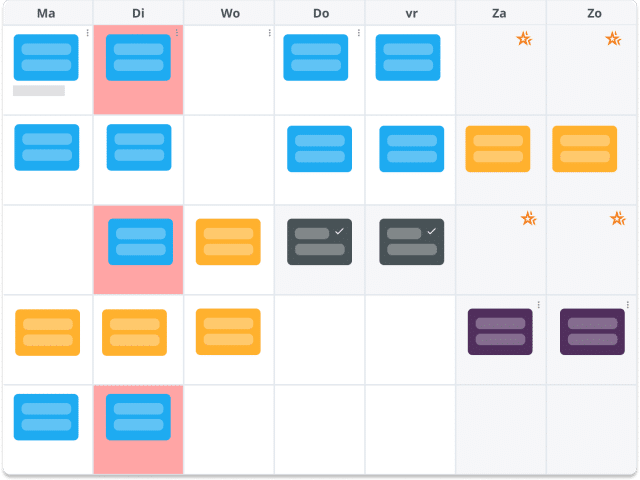
Stage 3: the final schedule
The third step involves a role for the planner or team leader. He or she must finalize the staffing for the period to be planned and thus make decisions on those issues that the employees in steps 1 and 2 failed to resolve individually and collectively.He or she does this fairly based on, for example, contract balance or number of vetoes.
An objective points system can keep track of which colleagues have contributed to improving the schedule in the first two stages.
Why self-rostering with Planpoint?
Smart support for planners and employees alike.
User-friendly
Mobile access
Possible combinations
Grip on occupancy
Automatic checks
Maximum support
Endless possibilities for your Workforce Management
Combine smart workforce scheduling with supporting solutions such as time tracking, employee management, employee self service and more.
Workload and pressure
Time and attendance
Workplace planning
Workforce scheduling
Self-rostering
Client management
Mobile engagement

Self-rostering and workforce scheduling in Planpoint?
Get in touch for a free, no-obligation walkthrough of Planpoint. We’ll show you how Planpoint can enhance your Workforce Management.
Learn more about WFM and Planpoint

Employee Self Service (ESS): Everything You Need to Know

Time registration: What is it, and what are the advantages?

What Are the Most Common Objections to Self-Scheduling?

8 Misconceptions About Self-Scheduling

Different planning methods in one software platform? Yes, it’s possible!

What is Workforce Management?

The Power Of Effective Workforce Planning

8 Signs It’s Time for New Workforce Planning Software

5 excellent reasons to integrate your WFM software

From customer feedback to new Planpoint release

What are the WFM software must-haves today?

